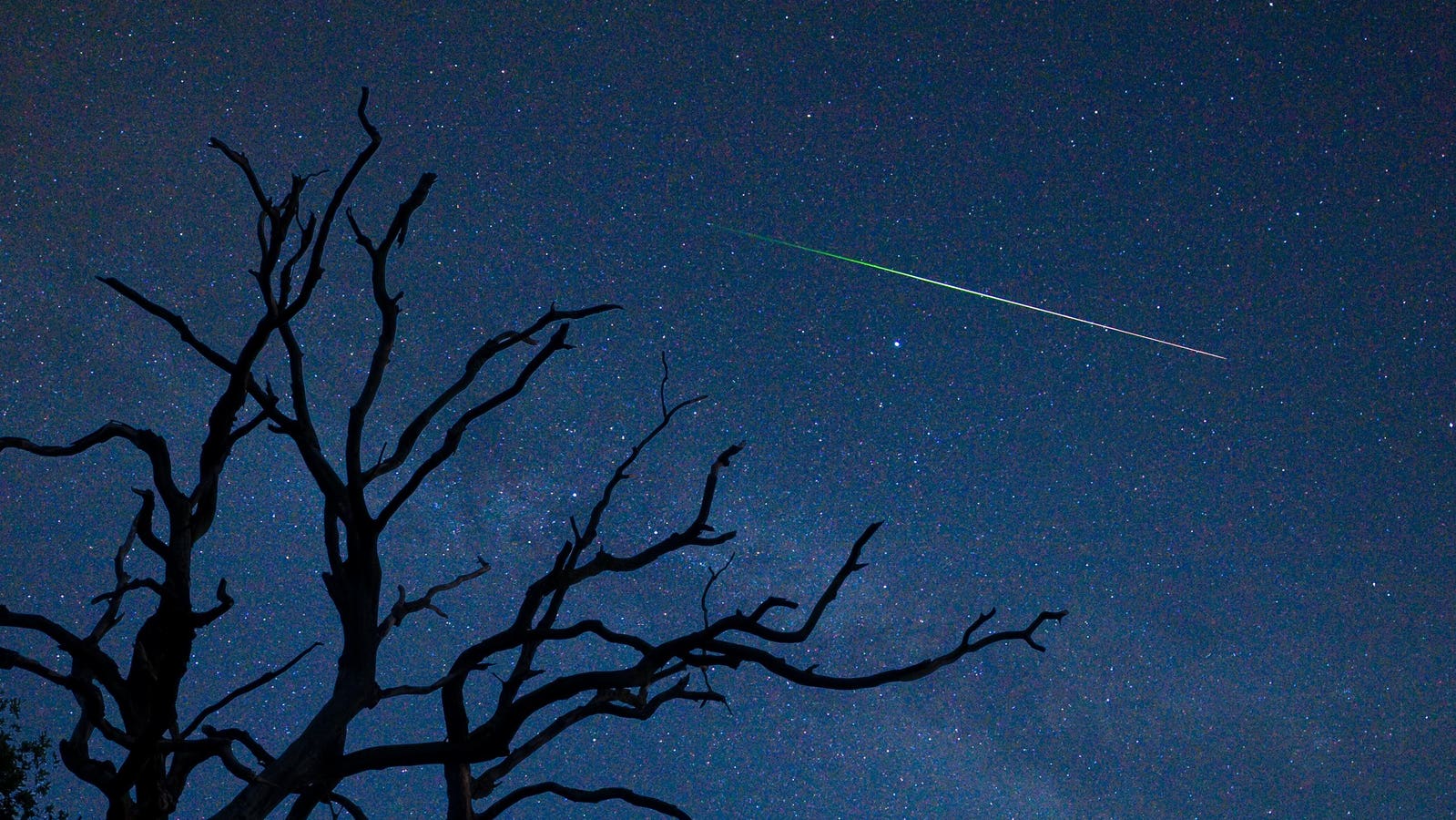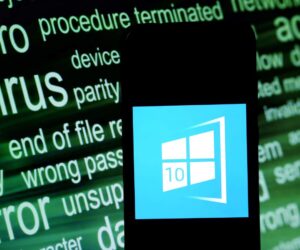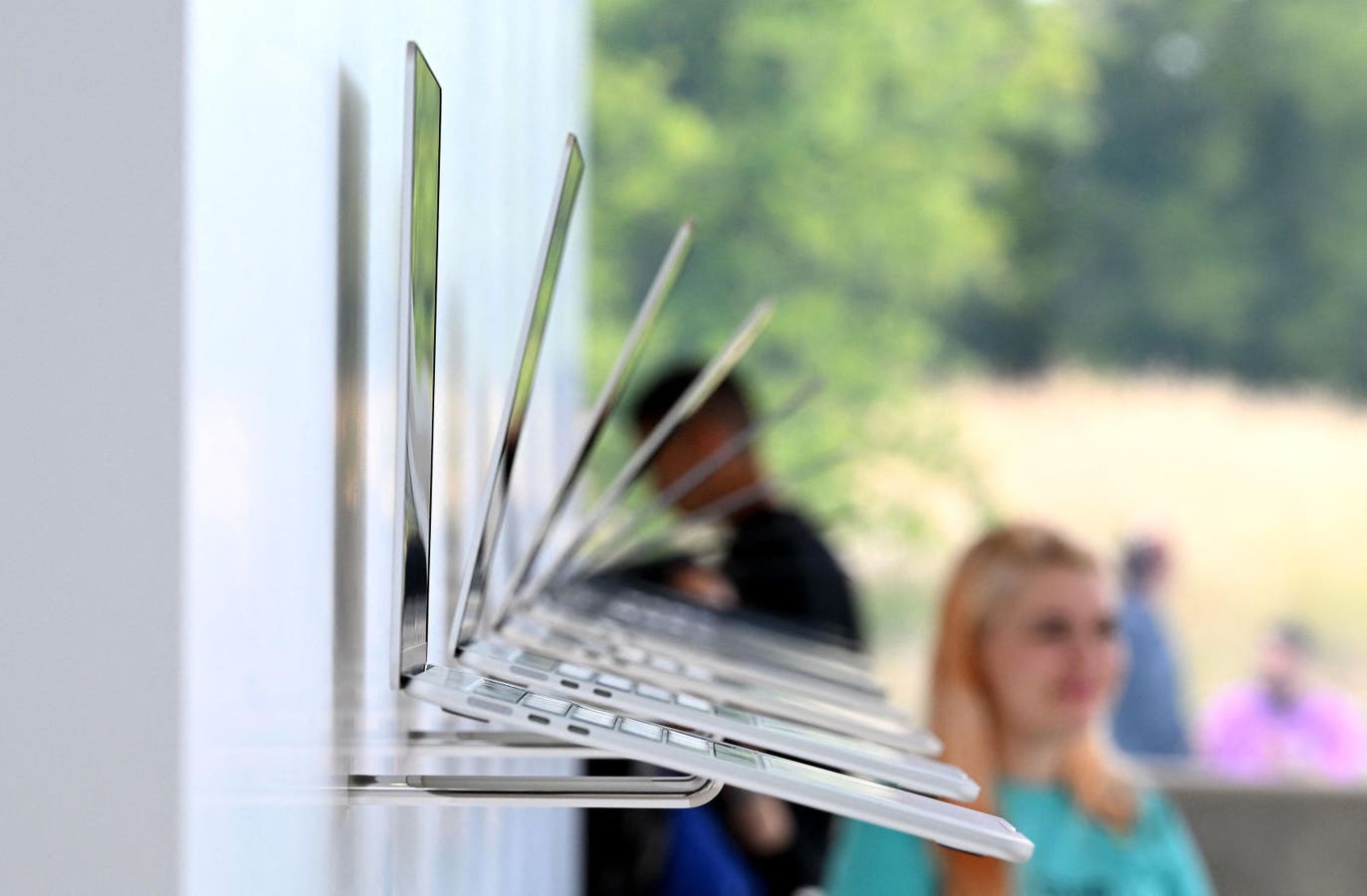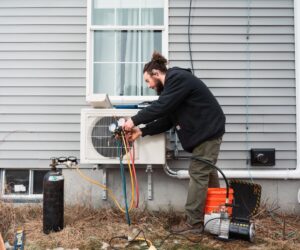A perseid ‘falling star’ on a clear sky in august
The Perseid meteor shower in 2025 will begin in perfect conditions — but it won’t last. The much loved annual summer display of “shooting stars” in the Northern Hemisphere will commence on Thursday, July 17, but with the peak night in August set to be marred by strong moonlight, there are two nights to see it at its best. Here’s everything you need to know about this year’s Perseid meteor shower.
Where And When To Look
The best time to see the Perseid meteor shower is typically on its peak night, which this year occurs overnight on Aug. 12-13, when up to 100 meteors per hour can be visible under perfect conditions. However, that’s just a few days after a full moon, which will bleach the night sky and make all but the brightest Perseids visible.
The best nights to see the Perseids this year will, therefore, be away from the peak night. On July 17, the last quarter moon will rise around midnight and later each night after that for the next week. That creates a nice viewing window from July 17-30, during which you should see a few Perseids. With the Delta Aquariid and Alpha Capricornid meteors showers peaking together overnight on July 29-30, that’s probably the best night for shooting stars this summer. Around Aug. 15, when the full moon has waned, is another good time to see some stragglers from the Perseids.
What You’ll See
During this early phase of the Perseids, rates will be modest — perhaps 5–15 meteors per hour. But what you miss in quantity, you’ll make up for in quality: skies will be darker now than they will be during the August peak when the full moon will overpower all but the brightest shooting stars. Luckily, the Perseids are known for their fast, bright meteors, many with long trails.
Look vaguely northeast for the radiant of the Perseids, which lies in the constellation Perseus. However, meteors can appear anywhere in the sky, so give yourself a wide, unobstructed view.
Observing Tips
For the best chance of seeing Perseids, find a dark location away from city lights. Clear weather is key, so check local forecasts and scout a location with minimal horizon obstructions.
Meteor showers are best observed with the naked eye, with a telescope or binoculars a poor choice. A lawn chair can help, or lie on your back on a blanket. Avoid looking at phones, which will instantly kill your night vision, and use red lights instead. The wise stargazer brings warm clothes, bug spray and snacks — and takes breaks from staring at the sky every 30 minutes or so.
What’s Next In The Night Sky
The next major meteor shower after the Perseids is the Orionids. Active from Oct. 2 to Nov. 12, that meteor shower will peak overnight on Oct. 22-23. It coincides with October’s new moon, so conditions should be perfect — clear skies allowing. However, at 10-20 shooting stars per hour (away from light pollution), it’s not as prolific as the Perseids.
For exact timings, use a sunrise and sunset calculator for where you are, Stellarium Web for a sky chart and Night Sky Tonight: Visible Planets at Your Location for positions and rise/set times for planets.
Wishing you clear skies and wide eyes.









